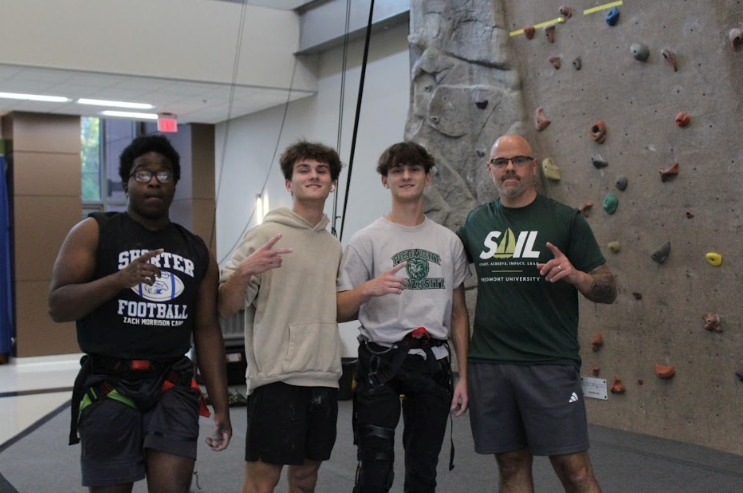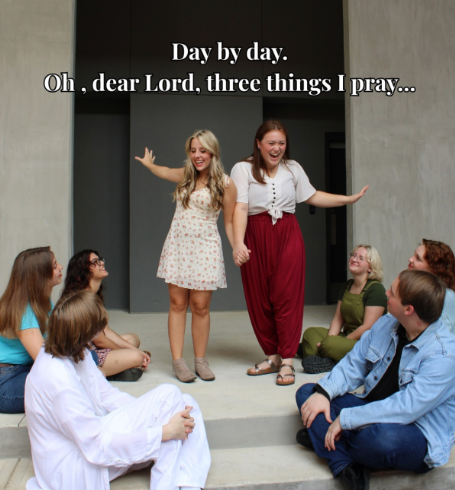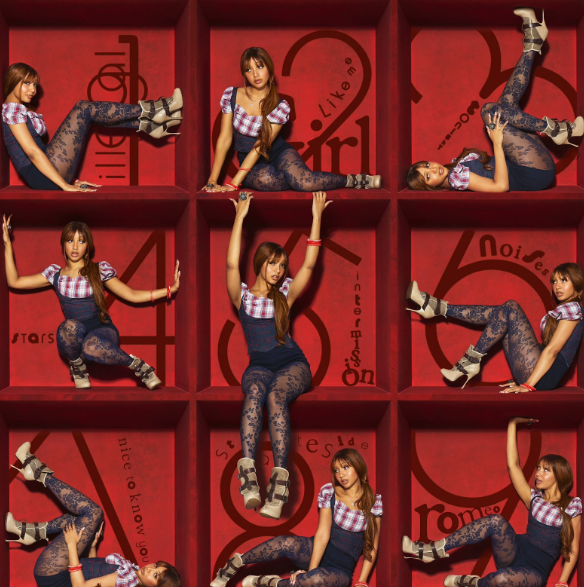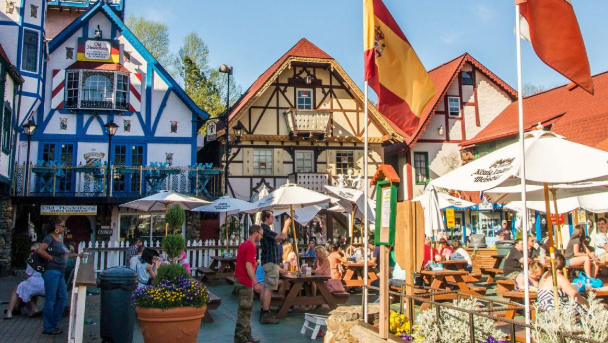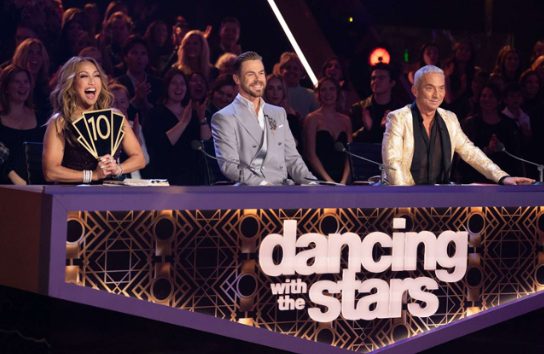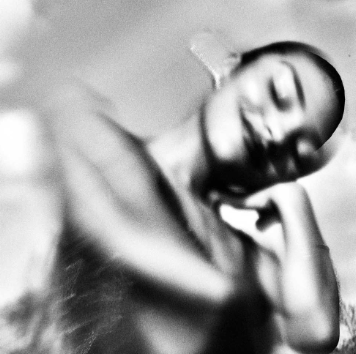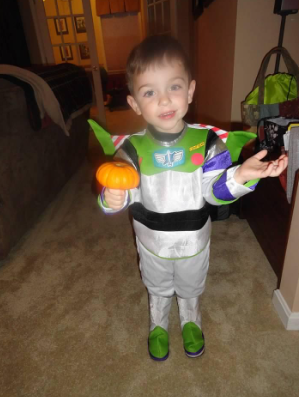
The Nintendo Switch, released by the company in March of 2017, has sold approximately 20 million units as of June 30, 2018, and it is not difficult to see why the console has been such a success among gaming audiences. Nintendo describes the Switch as a “hybrid” console; though designed primarily as a home console, many players enjoy the provided option of on-the-go gaming. In addition to the versatility of the Switch, the games themselves are out of this world– in some cases, literally.
First party title “Super Mario Odyssey” allows players to explore up to 16 incredibly fleshed out worlds, from the classic Mushroom Kingdom to the wide expanses of the moon, all with the help of the new companion Cappy. Meanwhile, “The Legend of Zelda: Breath of the Wild” builds greatly upon existing Zelda lore by providing at least 100 hours of gameplay and taking players across beautiful, sweeping landscapes within and without of Hyrule. The Switch is also currently gearing up for the release of “Super Smash Brothers: Ultimate”, yet another major title due to drop in December of this year.
On top of these amazing games developed by Nintendo, third party companies and independent developers are jumping on board the Switch train, putting games such as “Skyrim”, “Dark Souls” and “Undertale” up in their stores.
However, the Switch isn’t perfect and Nintendo has produced some low quality games.
“Hotel Transylvania 3: Monsters Overboard” is a complete atrocity. Between the loosely constructed storyline, the horrific graphics and worst of all the whopping $40 price tag, why would Nintendo greenlight this project?
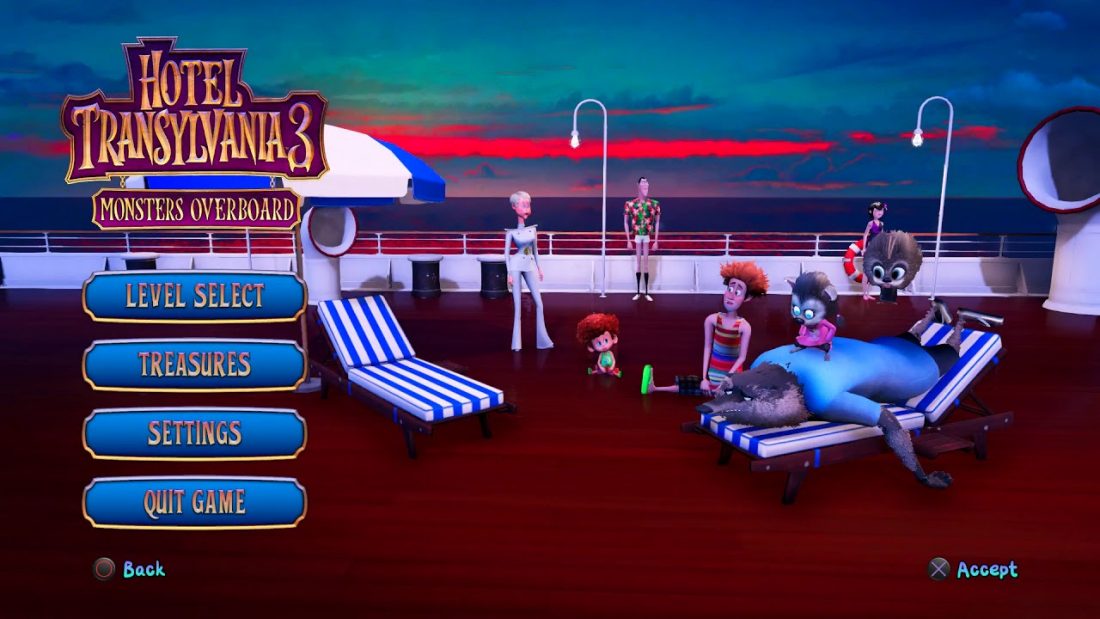
The game is described by Nintendo as a single-person adventure, arcade roleplaying game that “continues the story of Sony Pictures Animation’s ‘Hotel Transylvania 3’ movie.” However, very little can be seen or even described of the actual gameplay itself. Creatures called Impas are said to aid the main characters of the movie as they attempt to reunite with one another on a deserted island ripe with fearsome battles and treacherous puzzles. Those details stand alone as the descriptor of the game while the pictures presented on the Nintendo website tell only of how awful the visuals look.

The texture of a single rock in recent release “Captain Toad: Treasure Tracker” (also priced at $40) makes the gamer feel as though they could reach through their screen and feel every rough crevice and as well as every smooth corner. When compared to the strangely mountainous lands of the island in the “Hotel Transylvania 3” game, it could bring a tear to any player’s eye.
An argument could be made in the game’s defense, as it is marketed as a children’s game. While children certainly deserve to have their own nice things, they undoubtedly deserve games with better playtime and graphics than this. More options exist, and Nintendo should consider their audience disappointed.



